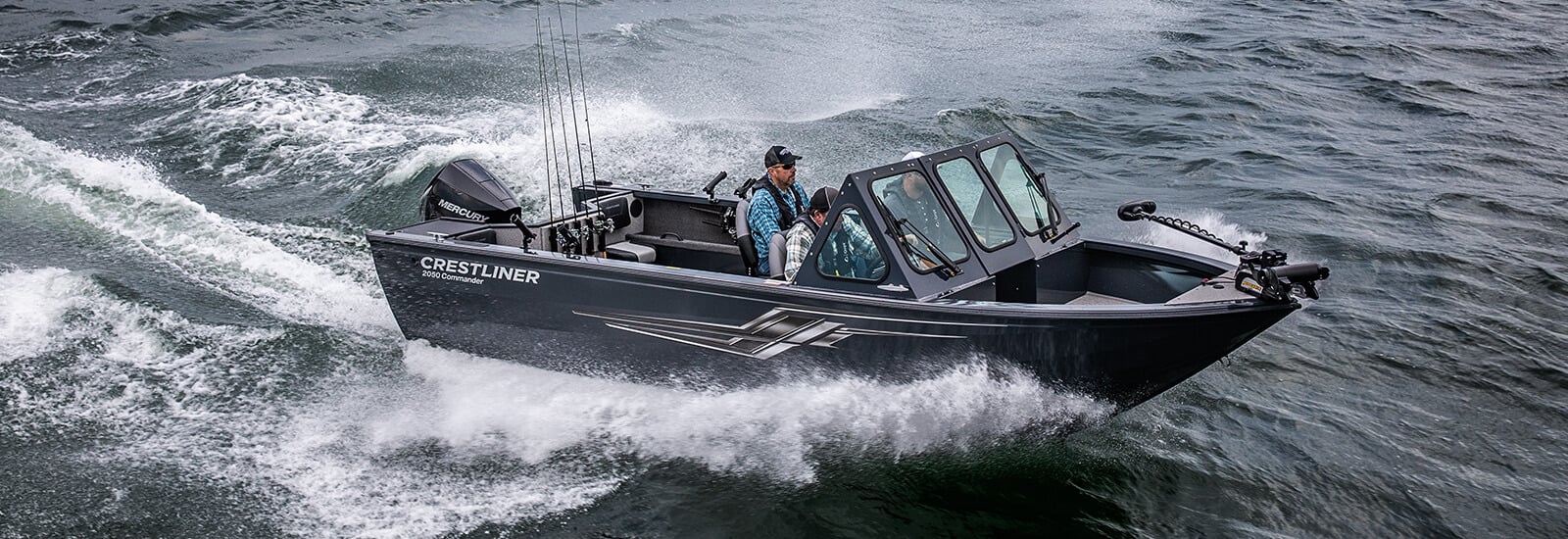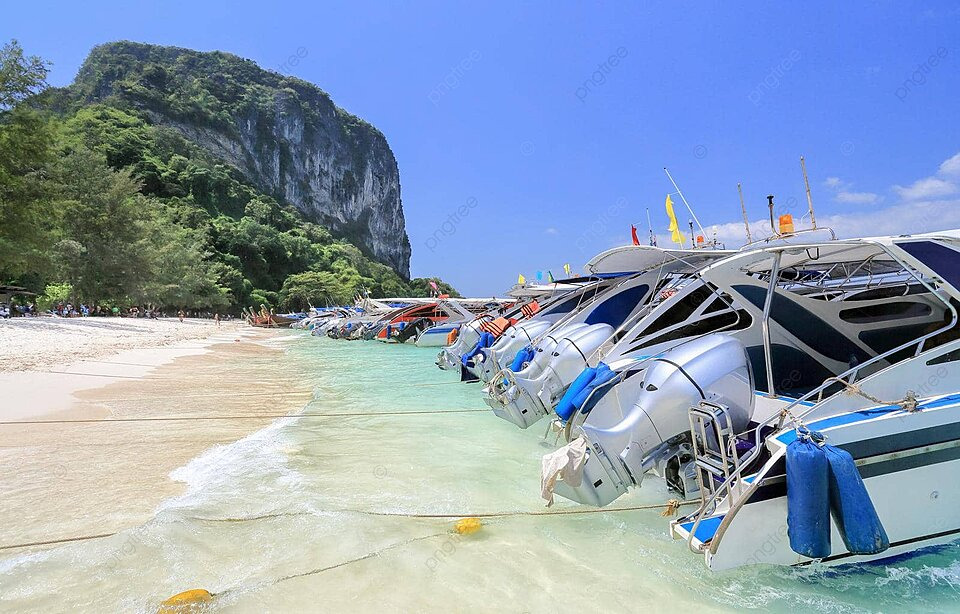How to Winterize a Boat: Quick Tips for Cold Weather Prep
Winter is coming, and if you're a boat owner like me, it's time to think about winterizing. I've learned the hard way that skipping this crucial step can lead to costly damage come spring. Winterizing your boat protects the engine, plumbing, and other vital systems from freezing temperatures and corrosion.

I remember my first year as a boat owner. I thought I could get away with just covering my boat and calling it a day. Big mistake! When I uncovered it in spring, I found cracked pipes and a damaged engine. Now, I make sure to properly winterize my boat every year.
The good news is that winterizing isn't as hard as it sounds. With a bit of know-how and some elbow grease, you can do most of it yourself. From treating the fuel to draining water systems, I'll walk you through the steps to keep your boat safe during the cold months. By the end of this post, you'll be ready to tackle your own boat winterization like a pro.
Understanding Winterization
Winterizing a boat is super important for keeping it in good shape during the cold months. I'll explain what it is, why you need to do it, and what can happen if you don't.
What Is Winterizing?
Winterizing is getting your boat ready for winter storage. It's all about protecting it from cold weather damage. I make sure to drain water from the engine, plumbing, and other areas that could freeze.
I also add antifreeze to some systems. Covering the boat is part of it too. I use a good quality cover to keep out snow and ice.
Fuel treatment is another key step. I add a stabilizer to prevent the gas from going bad over winter.

Why Winterize Your Boat?
I winterize my boat to save money and hassle in the long run. It prevents costly freeze damage to the engine and other parts.
When spring comes, my boat is ready to go with minimal work. No surprise repairs or issues to deal with.
It also helps my boat last longer. Regular winterizing keeps everything in good shape year after year.
Risks of Not Winterizing
Skipping winterization can lead to big problems. Water expands when it freezes, which can crack engine blocks, pipes, and tanks.
I've seen boats with thousands of dollars in damage from not winterizing. Sometimes the damage is so bad, the boat is a total loss.
Even if nothing cracks, leftover water can cause rust and corrosion. Old fuel can gum up the engine too. It's just not worth the risk to skip this important step.
Preparing Your Boat
Getting your boat ready for winter storage is crucial. I'll walk you through the key steps to protect your vessel from damage during the cold months.
Cleaning and Inspection
I always start by giving my boat a thorough wash. This helps me spot any issues that need fixing before storage. I use a mild soap and soft brush to clean the hull, deck, and interior.
Next, I inspect every nook and cranny. I look for cracks, loose fittings, or signs of wear. It's easier to fix these problems now than in the spring.
I pay special attention to the bilges. I clean them out and make sure they're dry. This prevents mold and mildew growth during storage.
Lastly, I check all the boat's systems - electrical, plumbing, and mechanical. I make a list of any repairs needed so I can tackle them before next season.

Remove Personal Items
I always clear out my personal stuff. It's surprising how much can accumulate over a season!
First, I remove all food and drinks. Even sealed items can attract pests or spoil.
I take out life jackets, towels, and clothing. These can get musty if left onboard.
Electronics are next. I remove GPS units, radios, and depth finders. The cold can damage their batteries.
Fishing gear, water toys, and safety equipment come out too. I store these at home where they're safe and dry.
Protecting Surfaces
Now it's time to shield my boat from moisture and mildew. I start with the interior.
I prop open lockers and cabinets to improve air circulation. This helps prevent musty odors.
Next, I spray all surfaces with a mildew inhibitor. This extra step really helps keep things fresh.
For the exterior, I apply a good coat of wax. It protects the gel coat from UV damage and makes spring cleaning easier.
Finally, I cover the boat. A quality boat cover is worth every penny. It keeps out moisture, debris, and critters.
I make sure the cover fits snugly but allows for some airflow to prevent condensation.
Engine and Fuel System Care
Taking care of your boat's engine and fuel system before winter is crucial. I'll walk you through the key steps to protect these vital components from cold weather damage.
Changing the Oil and Oil Filter
I always start by changing the oil and filter. This removes contaminants that could harm the engine over winter. Here's what I do:
- Warm up the engine for a few minutes
- Drain the old oil completely
- Replace the oil filter
- Refill with fresh oil recommended for my engine
I make sure to dispose of the old oil properly at a recycling center. Fresh oil prevents corrosion and ensures a smooth start in spring.
Fogging the Engine
Fogging the engine is my next step. It protects internal parts from rust. I follow these steps:
- Start the engine and let it warm up
- Spray fogging oil into the carburetor or air intake
- Let the engine run until it stalls from the fogging oil
For outboards, I remove the spark plugs and spray fogging oil directly into each cylinder. Then I turn the engine over a few times to distribute the oil.
Fuel System Maintenance
I never skip fuel system care. It prevents issues from ethanol and condensation. Here's my routine:
- Fill the tank 95% full to reduce condensation space
- Add a fuel stabilizer to prevent fuel breakdown
- Run the engine for 10-15 minutes to circulate treated fuel
- Replace the fuel filter if needed
For boats with portable tanks, I drain them completely instead. This avoids potential fuel issues in spring.
Lower Unit Care
The lower unit needs attention too. I focus on these tasks:
- Drain old gear oil and check for water contamination
- Refill with fresh gear oil
- Check and replace the sacrificial anodes if needed
- Grease all fittings on the lower unit
I also inspect the propeller for damage and remove it for storage. This prevents theft and allows the shaft to be protected with grease.
Plumbing and Freshwater Systems
I know winterizing my boat's plumbing can seem tricky, but it's actually pretty simple. I'll walk you through draining the system and adding antifreeze, plus how to protect hoses and pumps. These steps will keep everything flowing smoothly next season.
Draining and Antifreezing
First, I open all the faucets and let the water drain out. This gets rid of most of the liquid in the pipes. Then I pour in non-toxic antifreeze made for drinking water systems.
I use about 2-3 gallons for my boat. I run the pump until I see pink antifreeze coming out of each faucet. Don't forget the shower and toilet!
Here's a quick checklist:
- Open all faucets
- Drain water heater
- Add antifreeze to freshwater tank
- Run pump until antifreeze flows
Hoses and Pumps
Now for the hoses and pumps. I check all the hoses for cracks or wear and replace any that look iffy. It's way easier to do this now than deal with leaks in the spring.
For the pumps, I run them dry for a few seconds to get out any leftover water. Then I add a bit of antifreeze to each one. This keeps the seals from drying out over winter.
Don't forget about raw water systems too. I drain sea strainers and add antifreeze to the intake. Better safe than sorry!
Electrical System and Battery Maintenance
When winterizing my boat, I always pay close attention to the electrical system and batteries. It's crucial to keep them in good shape during the cold months.
First, I make sure to fully charge the batteries. This helps prevent freezing and extends their life.
Then, I disconnect the batteries from the boat's electrical system. This stops any power drain while the boat's in storage.
I take a moment to clean the battery terminals and connections. A bit of baking soda and water does the trick. After cleaning, I apply a thin coat of dielectric grease to prevent corrosion.
For storage, I prefer to keep my batteries in a cool, dry place. If I can't remove them from the boat, I make sure they're secured and protected from moisture.
Throughout winter, I check on my batteries every few weeks. I give them a top-up charge if needed. This keeps them in tip-top shape for spring.
Lastly, I inspect all electrical connections and wiring for signs of wear or damage. Fixing any issues now saves me headaches when boating season rolls around again.
Interior and Exterior Protection
Protecting your boat's interior and exterior is key to winterization. I'll cover some important steps to keep moisture out and shield your vessel from the elements. These methods will help prevent damage during the cold months.
Dealing with Humidity and Ventilation
I always start by removing anything that can trap moisture. This includes cushions, life jackets, and electronics. I store these items in a dry place at home. Next, I clean the interior thoroughly and leave cabinet doors open. This lets air circulate.
To fight mildew, I use moisture absorbers like DampRid. I place these in several spots around the cabin. They soak up excess humidity and help keep things dry.
I also make sure the bilge is clean and dry. If water collects here, it can freeze and cause damage. I leave the bilge pump on to remove any water that might get in.
Using Boat Covers
A good boat cover is a must for winter storage. I look for covers made of breathable fabric. These keep rain and snow out while letting moisture escape from inside.
When putting the cover on, I make sure it's tight and secure. Loose areas can collect water or let wind get underneath. I use support poles to prevent water from pooling on the cover.
Even with a cover, I check on my boat regularly. This lets me spot any issues early. If snow builds up, I remove it to prevent the cover from sagging or tearing.
Shrink-Wrapping
For the best protection, I sometimes use shrink wrap. This plastic covering fits tightly around the entire boat. It keeps out moisture, pests, and debris.
Shrink wrap is great for harsh climates. It can stand up to heavy snow and ice. The tight fit also prevents wind damage.
Before wrapping, I make sure the boat is clean and dry. I add vents to allow air circulation and prevent mold. While it costs more than a regular cover, shrink wrap gives me peace of mind for long-term storage.
Final Checks and Storage
Before tucking your boat away for winter, it's crucial to do some final checks and choose the right storage option. I'll cover the key steps to secure your boat, weigh the pros and cons of DIY vs professional winterizing, and share some helpful winter storage tips.
Securing the Boat for Storage
I always start by giving my boat a thorough cleaning inside and out. This helps prevent mold and mildew growth during storage. Next, I remove all valuable items, electronics, and safety gear. These can be damaged by cold or moisture.
I make sure to check the bilge and remove any water. Leaving water in the bilge can lead to freezing and damage. It's also important to remove drain plugs to allow any water to escape.
For added protection, I apply a coat of wax to the hull. This shields it from UV rays and makes spring cleaning easier. Lastly, I double-check that all hatches, windows, and doors are tightly closed and sealed.
Professional vs. DIY
When it comes to winterizing, I have to decide between doing it myself or hiring a pro. DIY can save money, but it requires time and know-how.
Pros of DIY:
- Cost savings
- Intimate knowledge of my boat's systems
- Flexibility in timing
Cons of DIY:
- Risk of mistakes
- Time-consuming
- May lack specialized tools
Professional winterizing offers peace of mind and saves time. Pros have the right tools and expertise to do the job thoroughly. However, it can be pricey, especially for larger boats.
I usually opt for DIY for basic tasks and hire a pro for more complex systems like engines or plumbing. This balanced approach helps me save money while ensuring critical areas are properly winterized.
Winter Storage Tips
Choosing the right storage option is key to protecting my boat through winter. I prefer indoor storage when possible, as it offers the best protection from the elements.
If indoor storage isn't an option, I make sure to use a high-quality boat cover. It should be waterproof, breathable, and fit snugly to keep out snow and debris. I also use support poles to prevent water from pooling on the cover.
For outdoor storage, I place my boat on a trailer or use jack stands on level ground. This helps distribute weight evenly and prevents hull deformation. I tilt the bow slightly higher than the stern to allow water runoff.
I always disconnect the battery and store it in a cool, dry place. Regular checks during winter are important. I visit my boat every few weeks to look for signs of damage or water intrusion.
Frequently Asked Questions
I get a lot of questions about winterizing boats. Let me clear up some common concerns about the process, timing, and specific steps for different engine types. Here are the answers to the top questions I hear from boat owners.
What are the steps to winterize a boat?
The main steps are draining water, adding antifreeze, and protecting the engine. I start by removing all water from the boat and adding antifreeze to pipes and tanks. Then I fog the engine and change the oil. Finally, I clean everything and cover the boat for storage.
Do you leave antifreeze in boat engine over winter?
Yes, I always leave antifreeze in the engine over winter. It prevents any leftover water from freezing and cracking parts. In spring, I flush it out before starting the engine. This protects vital components from damage during cold months.
Can I leave gas in my boat over winter?
I don't recommend leaving untreated gas in the tank. It can go bad and gum up the fuel system. I either use a fuel stabilizer or drain the tank completely. Treating the fuel helps prevent issues when I start the boat in spring.
How long can a boat sit without being winterized?
A boat shouldn't sit for long in freezing temps without winterizing. Even one cold night can cause damage. I always winterize before the first hard freeze. It's not worth risking expensive repairs to wait too long.
What's needed to winterize a boat with an inboard motor?
For inboard motors, I need antifreeze, fogging oil, and fresh engine oil. I drain all water, run antifreeze through the cooling system, and fog the engine. Changing the oil removes moisture that could cause corrosion over winter.
Is it necessary to winterize a 2-stroke boat engine?
Yes, I always winterize 2-stroke engines. They need protection from moisture and freezing just like other engines. I fog the cylinders, drain fuel, and add stabilizer to any remaining gas. This prevents corrosion and starting problems in spring.
Charlie is Editor-in-Chief of Sea Magazine







